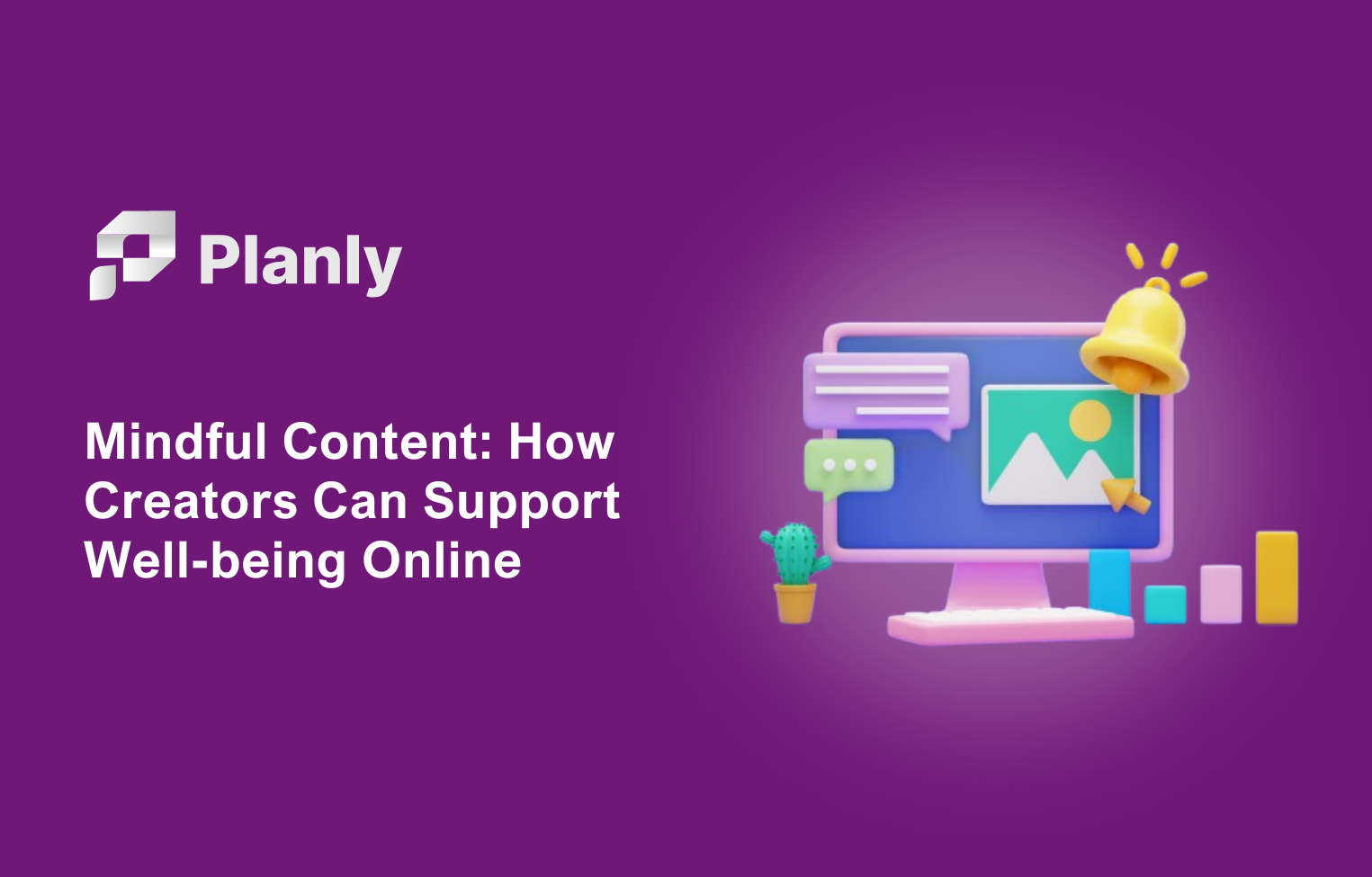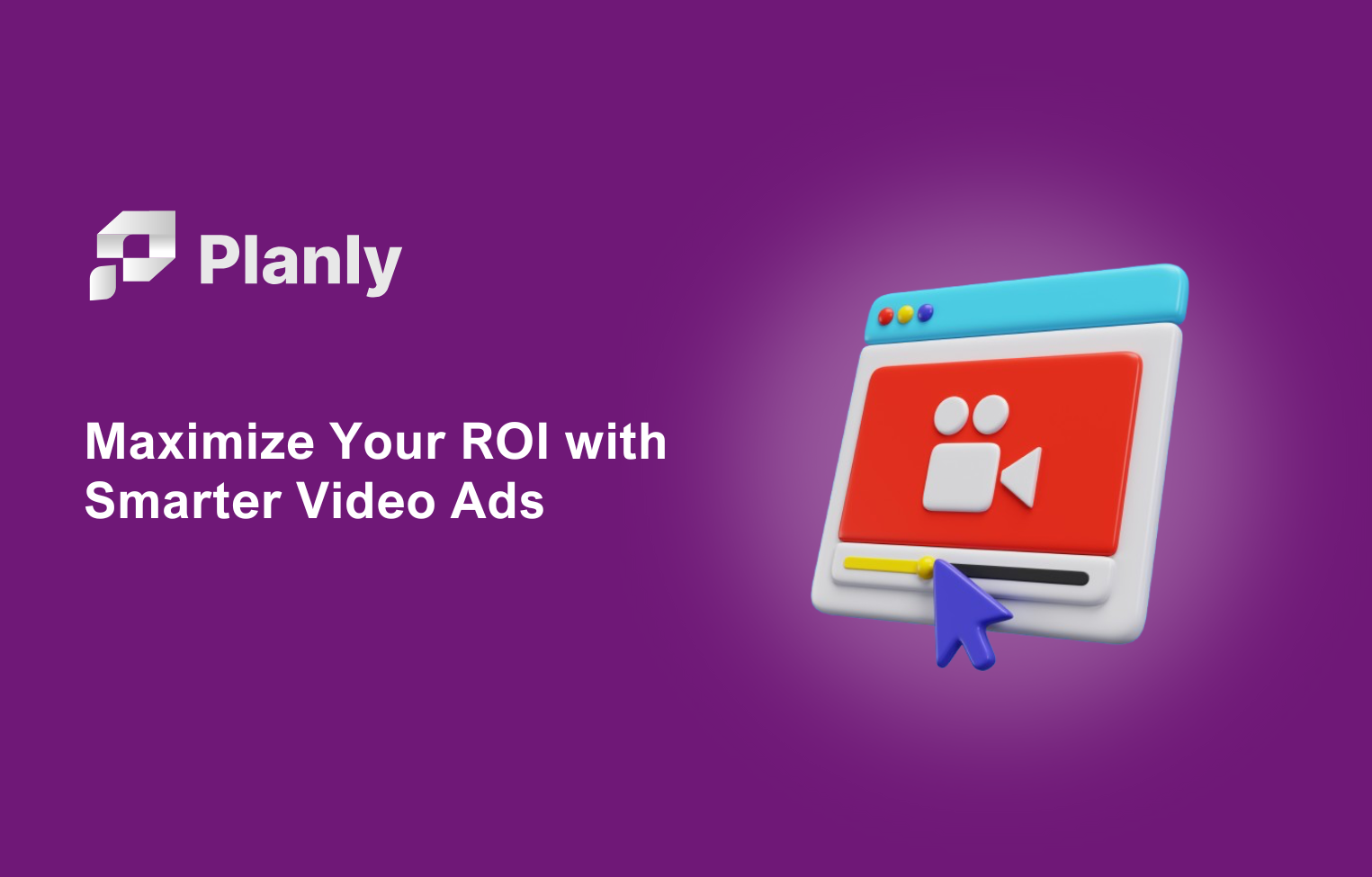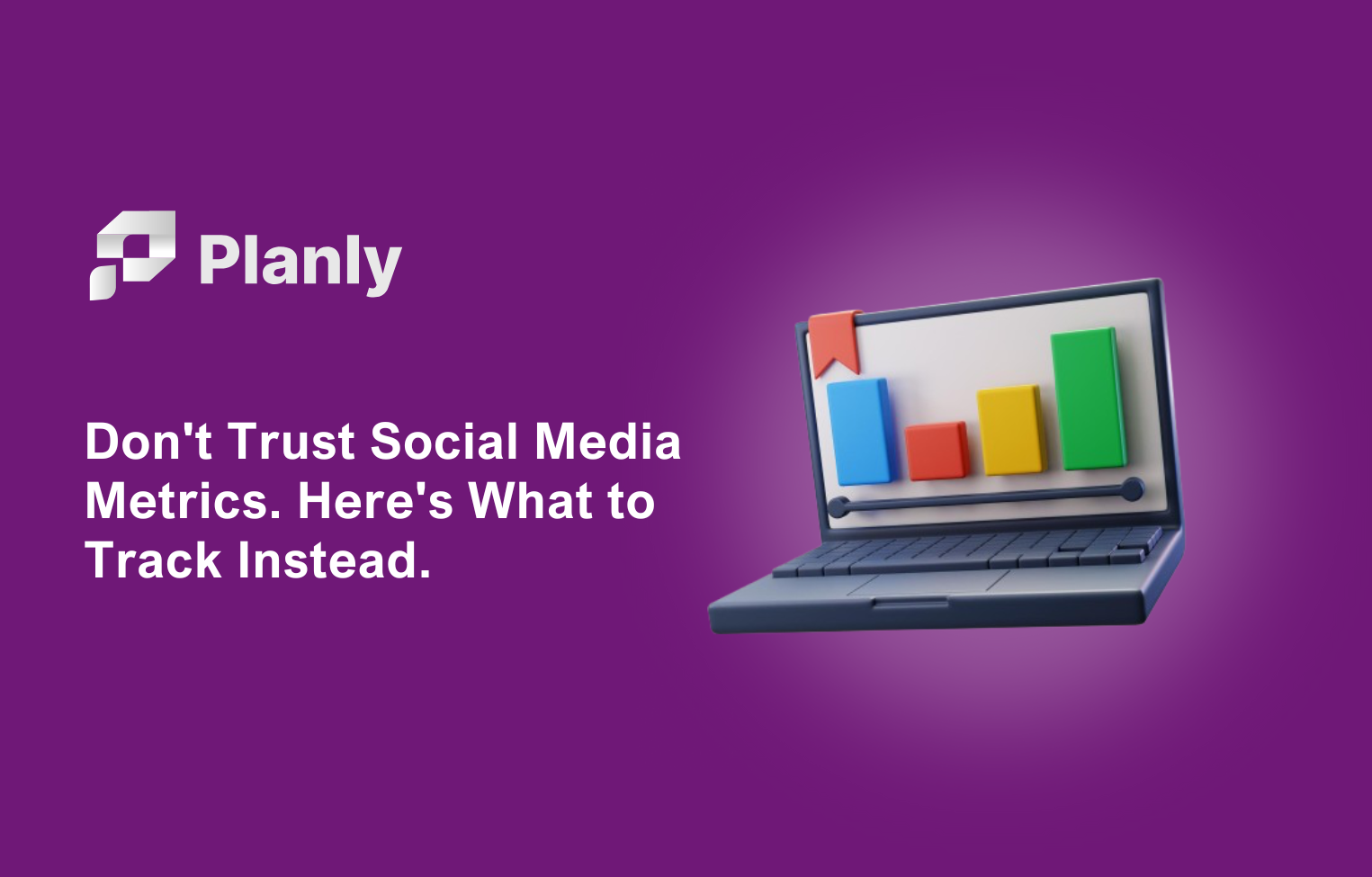With data governing social media planning and growth, we could not wait for more to bring Analytics to Planly. Due to high public demand, we are starting with Instagram Analytics and will continue to expand to all platforms to provide equal opportunities to all of our users.
We went bold with in-depth Instagram Analytics. Record, track, and measure your Instagram performance and set clear social media goals with data-backed insights.
In this blog, I will walk you through the key things to know about Planly's Instaragm Analytics and how to interpret given data. Please keep in mind that this is not a technical guide, rather an explanatory guide.
Welcome Planly's Instagram Analytics🤗
In the Year in Review post, I promised big things are coming up. Here we are. As with all great things, no great things are created suddenly. With the general problem associated with Instagram analytics is ensuring the novelty of the data and delivering data in a digestible way.
There are a vast amount of data that can be collected to analyze the performance of social media accounts. After a lot of meetings, plannings, and iterations, we decided to individually release each platform and release the pain from using such a feature.
Planly's Instagram Analytics tool works for individuals, agencies, freelance social media managers, and large marketing teams who want to understand the effectiveness of their Instagram marketing and make mindful decisions.
It allows you to schedule your posts, store media, write captions with AI Content Assistant, and measure the effectiveness of your social media in a single place.
What type of data Planly's Instagram Analytics offers?
Well. We collect data about your account performance, audience insights, and post stats.
On account performance, we provide data on:
- Number of posts
- Number of followers (and their growth)
- Profile Reach
- Profile Impressions
- Profile Views
- Website Clicks
- Location Clicks
- Best Performing Posts
On audience insights, data includes:
- Gender
- Age
- City
- Location
- Online followers
For post performance data includes:
- Like
- Comment
- Followers
- Engagement rate
- Shares
- Reach
- Impressions
- Video views
- Saves
- Profile visits
For Instagram Reels metrics:
- Comments
- Likes
- Plays
- Engagement rate
- Reach
- Saved
- Shares
- Total interactions
Some of these metrics are collected and updated on a daily and weekly basis. So, while you are checking Planly's Analytics, you might come up with slightly different results than what you see on your Instagram screen.
How Instagram Analytics helps with social media management?
Social media analytics gives marketers the ability to assess the reliability of their decisions and support their marketing and business decisions. It clears the blurs about what type of content works for you, and the timings of your posts, and ensures that you are speaking to the right audience.
It lets you understand how your audience is connecting with your account and asses what types of content work for you. If you know your audience, understand their value, you will create content that resonates with their taste and social media habits.
Without data in hand, there are only assumptions about what it could or might be.
The most important things Instagram Analytics will help you with:
Track your Instagram growth including your followers;
You may know the number of your followers via Instagram, But seeing their growth rate in the given period explains how your Instagram marketing contributed to your audience growth. Next to the follower count metrics, we give the follower growth rate to make things even clearer.
Additionally, there are other profile growth metrics like reach, impressions, website clicks, profile views, and location link clicks to demonstrate how your audience interacts with your account.
Location link clicks metric is another important metric we had to rethink whether to offer as a feature or not and eventually settled for providing. As a small business, you would like to see how many of your connected audience were interested in knowing your location. This will further help you in running Instagram ads and deciding on CTA links.
Estimate your account reach and compare that against your existing followers
Reach is an equally important metric as followers. If you have a substantial number of followers, that has to be coupled with a matching size of account reach.
If you have a high reach, that indicates your posts are delivered, reaching to a sufficient amount of unique Instagram accounts. That can be due to reshares of your posts, appearing on Instagram Explore Page, your profile being mentioned on other accounts, and some other factors.
When you have enough reach, you can start moving your targets higher to turning those accounts into followers and making other offers in your marketing funnel.
Know your audience
Yesterday, I was listening to the podcast Think Fast and Talk Smart by Matt Abrahams. When he asked the guess, the author of several books on persuasive communication, Jonah Berger what is the best presentation title for him, he replied "Know your audience"
Forgive my long wording, but if you listened to that podcast, you would be even more excited than I am.
Knowing your audience is the key to success at any stage online or offline. With the audience demographic insights, you will know what age group, and what genders take a big pie among your followers. You will also see the list of cities and countries that your audience is highly dense in.
On top of that, we give you a grid view of your follower's online hours across weekdays. This makes it crystal clear what is the best time to post and when to hit your followers.
Compare your reach and impressions to understand how interested people become
Reach and impressions are similar growth metrics that indicate how many accounts and views your content reached. The main difference is that Reach indicates the unique accounts your posts reached while impressions show how many times the post has been viewed.
If these two metrics are nearly similar that means people did not spend much time on revisiting your content. Which may roughly be a sign of changing the style of your content, ish.
However, if there is a substantial difference between these two, that means people come over and over again to view your account or a specific post. Tap on the shoulder!
See your top posts and connect patterns on best-performing posts
Although, thee
You may sometimes need a distinguished list of posts that did really good job. Filtering is fine, But we have Thes Best Performing Posts feature where you can view the results of 5 highly engaged posts shared in the last 3 months.
You will see the post visuals, their likes, comments, and engagement rates that we automatically estimate based on your account data. By looking at these posts, you will connect the dots on what makes better posts in your audience's eyes.
The engagement rate equation we estimate:
For a single photo and video posts:
- engagement rate = (like + comment + saves) \ number of followers
For carousel album posts:
- engagement rate = (like + comment) \ number of followers
Measure each of your posts against the main metrics
We offer a list of key post metrics that you can assess the success of your posts. From vague metrics such as likes, and comments, to saves, profile visits you can view metrics for each post and compare them.
Refine your Instagram post scheduling and content strategy
After going through all of these metrics, well, after carefully analyzing these metrics, many of your questions will be answered.
Now, you know your audience, the best-performing post types, the best time to post, the frequency of posting, and more. You can use these insights to draw even bigger conclusions with your marketing team and re-adjust your Instagram calendar.
Conduct clear communication with your marketing team and clients
Communicating with clients and teams about your results and planning is a crucial part of marketing campaign management. Data enhances the projection with gained results and help to set achievable goals in the end.
Customize and download reports to share with more people (*soon)
For step-by-step guidance on how to use Planly's Instagram Analytics, please check out our Help Center doc.
Make data-backed decisions
There you have it! Instagram Analytics within Planly scheduler. Get a ground understanding of your Instagram page performance, see what is working and what is not. And rebuild your strategies based on facts.
What else? Why not create an account and see it all in practice?! We have a 14-day free trial for all premium plans. Let the data speak!









